Post contributed by Madeline Huh, Trent History of Medicine Intern.
A couple weeks ago, Rachel Ingold, curator of the History of Medicine Collections, and I were setting up for a library instruction session in the Rubenstein that included some materials relating to midwifery, labor, and childbirth. One of these books discussed what were known as “monstrous births” during the medieval and early modern period, which sparked a discussion about Mary Toft, an 18th century woman infamous for tricking doctors into thinking she had given birth to rabbits.
Mary Toft was a 25-year-old poor, illiterate servant from Surrey who became pregnant in 1726 but apparently miscarried in August 1726 after an encounter with a rabbit. Around a month later, in September, she claimed that she was still pregnant, and her family called upon the obstetrician John Howard to watch over her in her apparently pregnant state.
According to Howard, Toft soon gave birth to several animal parts, including a cat without a liver, a rabbit’s head, the legs of a cat, and nine dead baby rabbits. The story of her miraculous births reached the press and spread around England, and consequently the King of England dispatched two men to investigate the situation, one of whom was surgeon-anatomist Nathanael St. Andre. St. Andre wrote an account of Toft’s alleged supernatural births called A short narrative of an extraordinary delivery of rabbets (1727), a copy of which is held in the Trent Collection within the Rubenstein Library’s History of Medicine Collections.
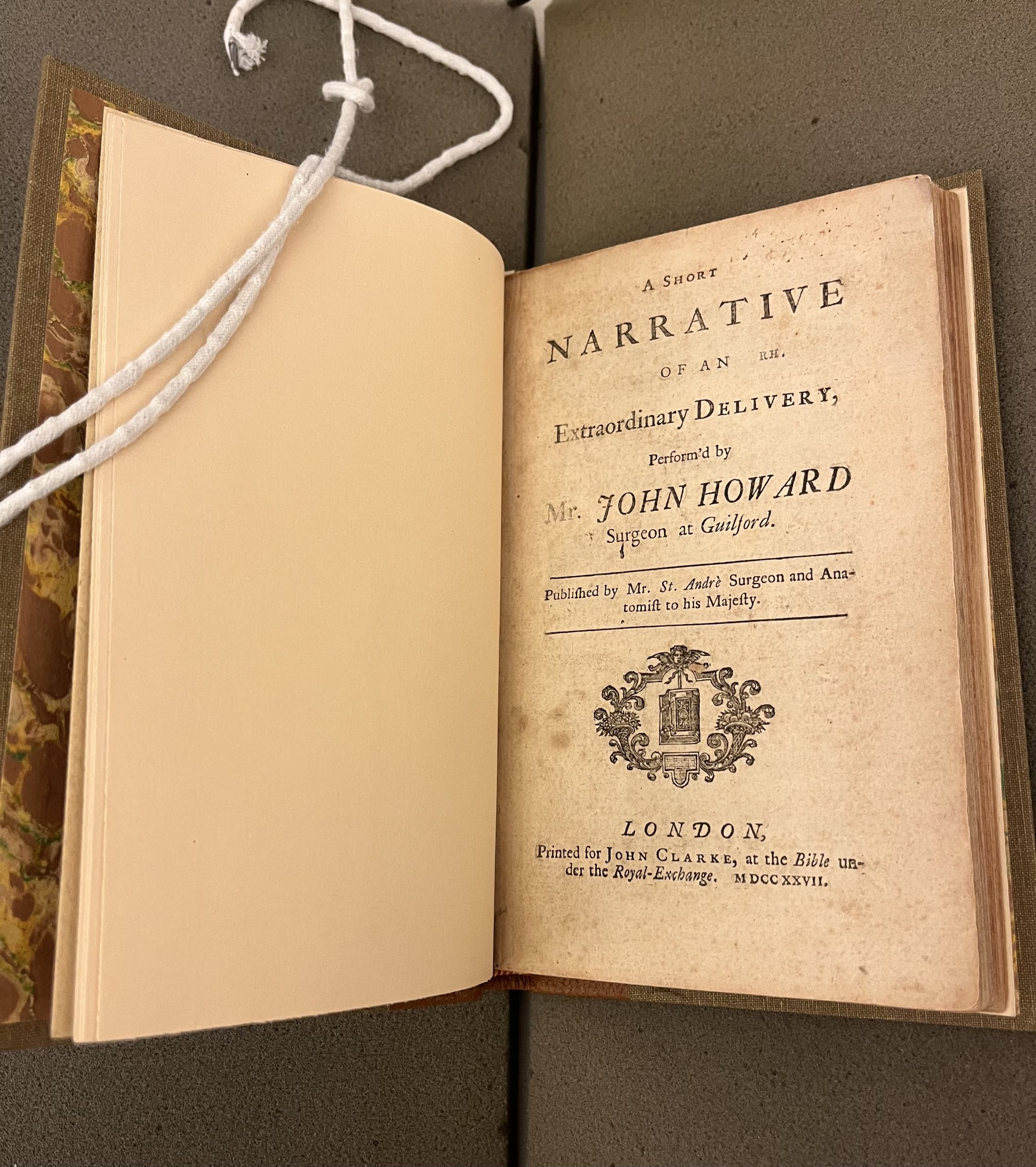
St. Andre describes the circumstances under which Mary claimed to remain pregnant after miscarrying:
“The account she further gave of herself, was, that on the 23rd of April last, as she was weeding in a Field, she saw a Rabbet spring up near her, after which she ran, with another Woman that was at work just by her; this set her a longing for Rabbets…The same night she dreamt that she was in a Field with those two Rabbets in her Lap, and awaked with a sick Fit, which lasted till Morning; from that time, for above three Months, she had a constant and strong desire to eat Rabbets but being very poor and indigent cou’d not procure any. About seventeen Weeks after her longing, she was taken with a Flooding and violent Cholick pains, which made her miscarry of a Substance that she said was like a large lump of Flesh…she did not perceive her self to grow less but continued with the symptoms of a breeding Woman” (23-24).
St. Andre then goes on to discuss Toft’s secondary labor and her subsequent birth of rabbits as it was told to him by Dr. John Howard.
St. Andre’s narrative about Toft’s miscarriage and animal births is indicative of a broader cultural fascination with monstrous birth in early modern Europe. Broadly, a monstrous birth is defined as an animal or human birth involving a defect that renders a child so “malformed” as to be considered monstrous. Deformed tissue, incompletely separated twins, ambiguous sexual development, or irregularly shaped children, which we would now in many cases attribute to genetic or chromosomal causes, all fell under the general umbrella of “monstrousness.” In the early modern imagination, monstrous births could be religious omens, signs from God, or evidence of supernatural influences. But perhaps more interestingly (to me, at least), monstrous births were also seen as indicators of a mother’s morality, or rather, a lapse in her morality. Private gynecological “disasters” and abnormalities of birth were highly public and sensationalized affairs within communities that often reflected poorly on a mother’s social and sexual reputation.
For example, when Margaret Mere gave birth to a deformed child in 1568, her neighbors attributed it to her wanton sexual behavior and accused her of having sex out of wedlock. Agnes Bowker’s alleged birth of a cat in 1569 led to the slander of her sexual propriety and resulted in concerns about the consequences of such an abnormal birth for the community as a whole. Both cases highlight the tendency of neighbors and community members to condemn mothers who miscarried or gave birth to “monstrous” children and the sense of anxiety that pervaded communities in the aftermath of gynecological disaster.
Mother and monstrous child both became sources of fear and dread beyond the immediate community through the representation of monstrous births in pamphlets, broadsides, and other relatively cheap printed materials accessible to a broad audience. One example of this is a little pamphlet called Signes and wonders from heaven (1645), also in the Trent Collection, which reports on several supernatural events including a discovery of witches, a cat that gave birth to a monster, and a monster born in Ratcliffe Highway. Public fascination with abnormal animal and human births created a popular demand for these types of publications.
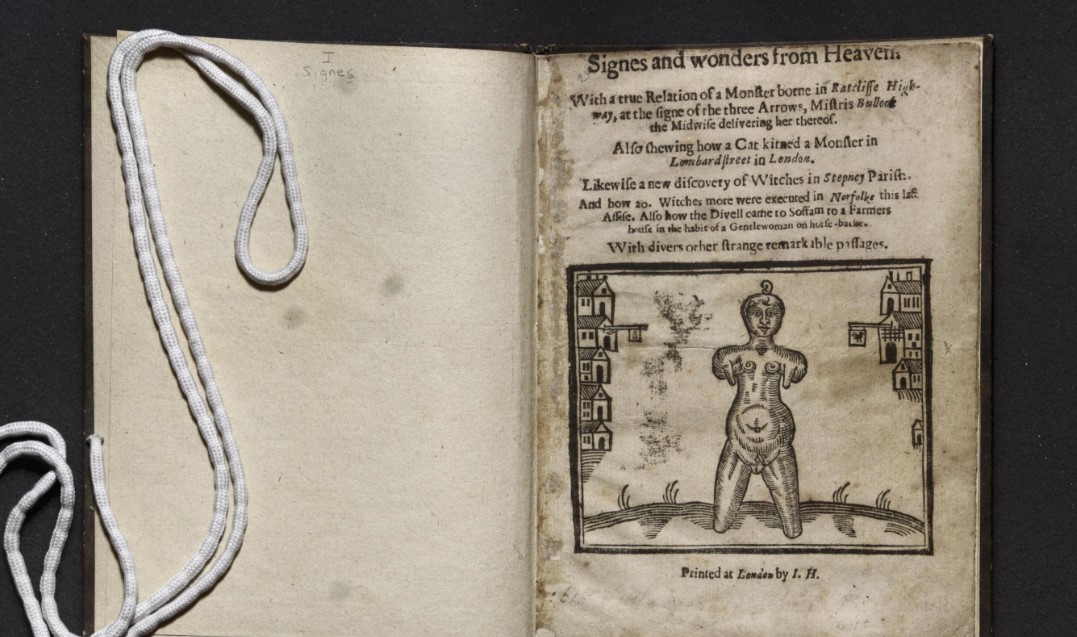
Sometimes, the sensationalism that came with a monstrous birth was desired and even pursued by women, which seems to be the case with Mary Toft. Toft and her family seem to have perpetuated the story that she had given birth to rabbits to exploit some of the benefits of fame and money associated with faking a monstrous birth.
As the intern for the History of Medicine Collections, I’m currently working on an exhibit which will open later in the spring–not on monstrous births, but on a tangentially related topic–and the idea of monstrous births has emerged several times throughout my research. I’ve found the representation of monstrous births interesting not only for the way that early modern sources depict the relationship between mother and monstrous child but also for the way that they publicize these sorts of obstetrical events and inspire a sense of terror. I always enjoy learning about strange moments in the history of women’s health, and the case of Mary Toft is certainly one of these.
Further Reading:
Bates, A.W. Emblematic Monsters, (Leiden, The Netherlands: Brill, 01 Jan. 2005) doi: https://doi.org/10.1163/9789004332997.
Hagen, Ross. “A warning to England: Monstrous births, teratology and feminine power in Elizabethan broadside ballads.” Horror Studies 4, no. 1 (2013): 21-41. doi: 10.1386/host.4.1.21_1.
The Curious Case of Mary Toft, University of Glasgow Special Collections (2009): https://www.gla.ac.uk/myglasgow/library/files/special/exhibns/month/aug2009.html


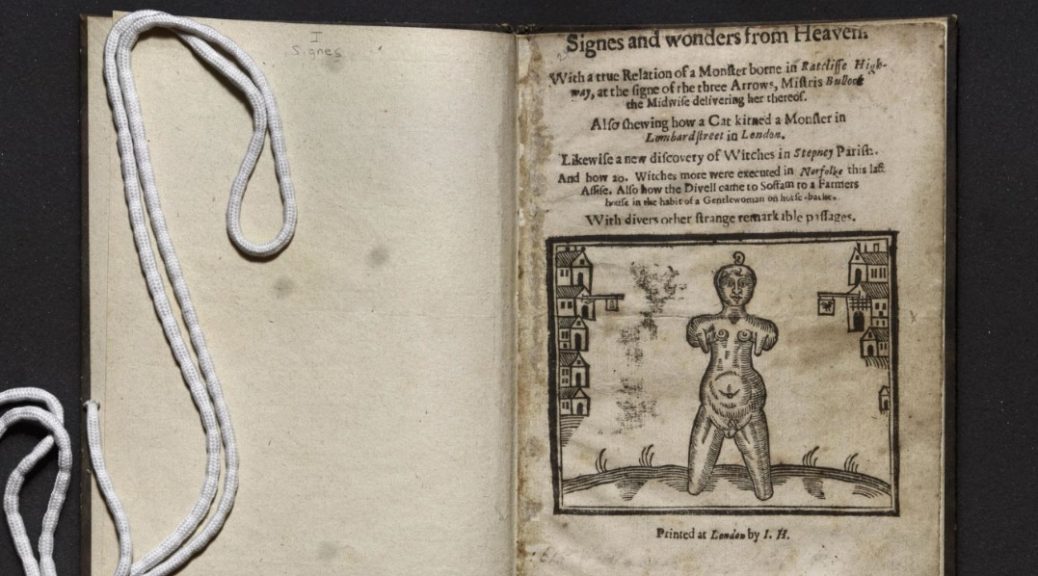

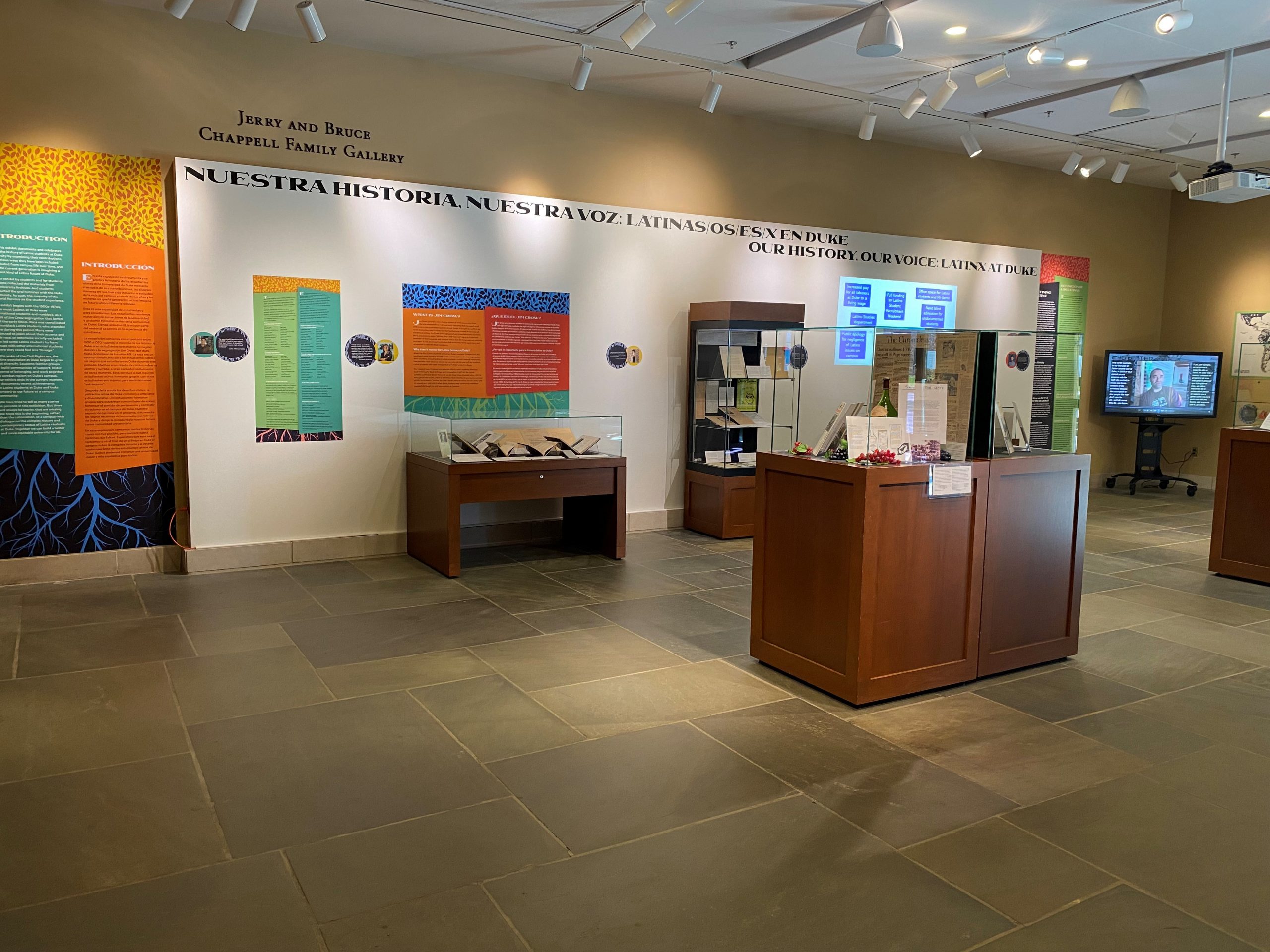

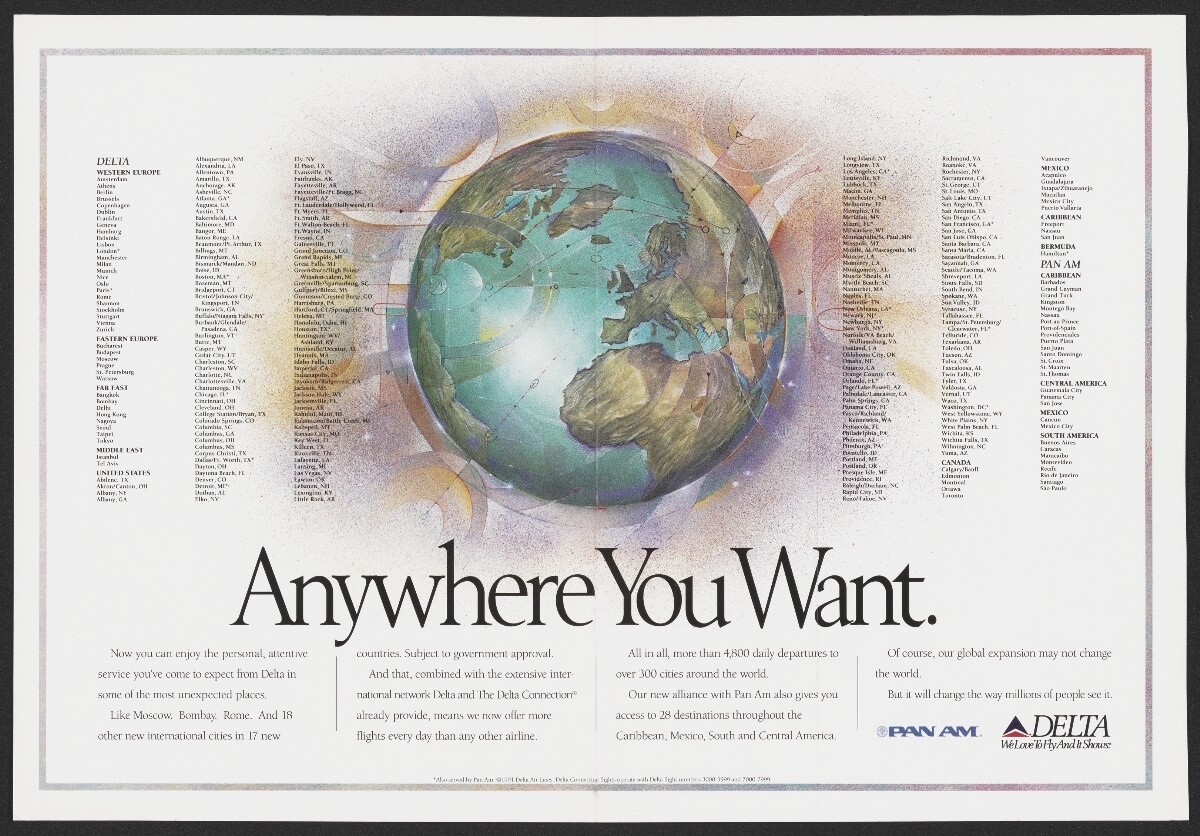



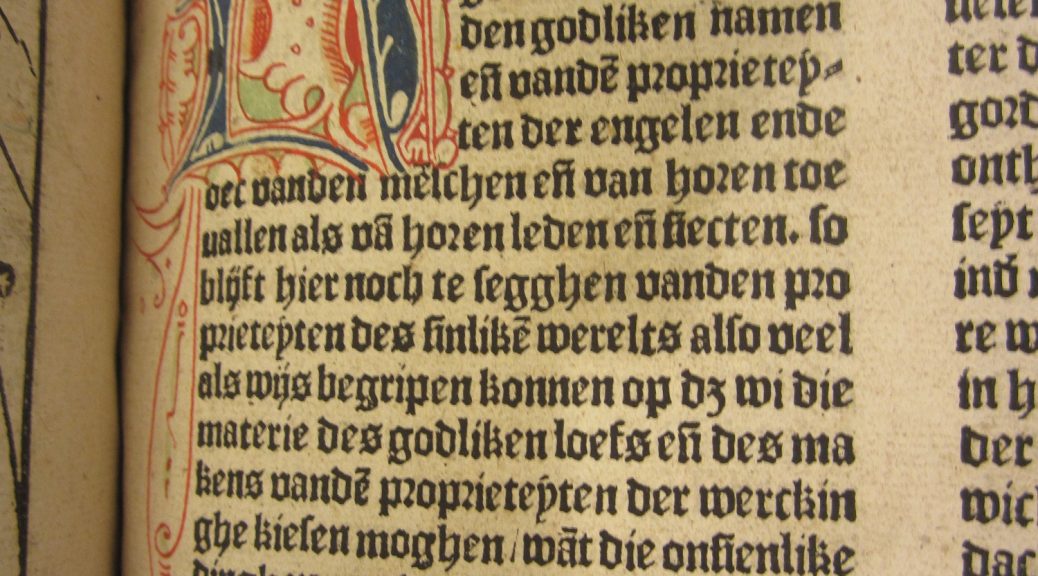

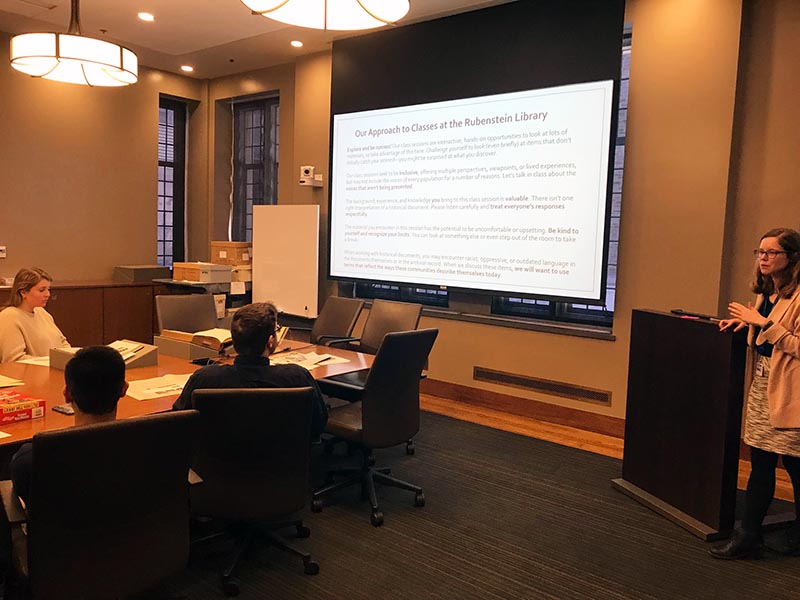
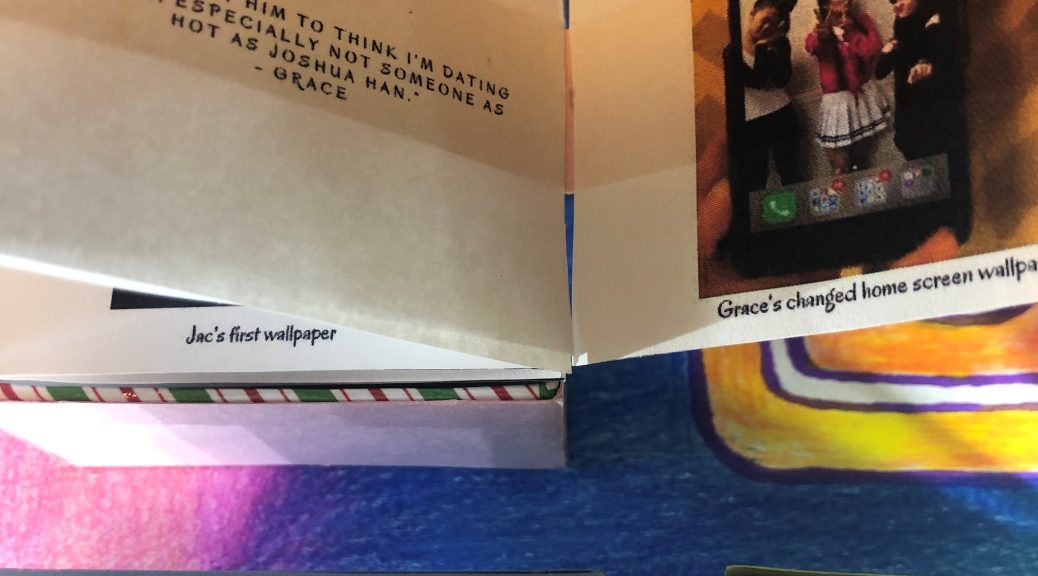
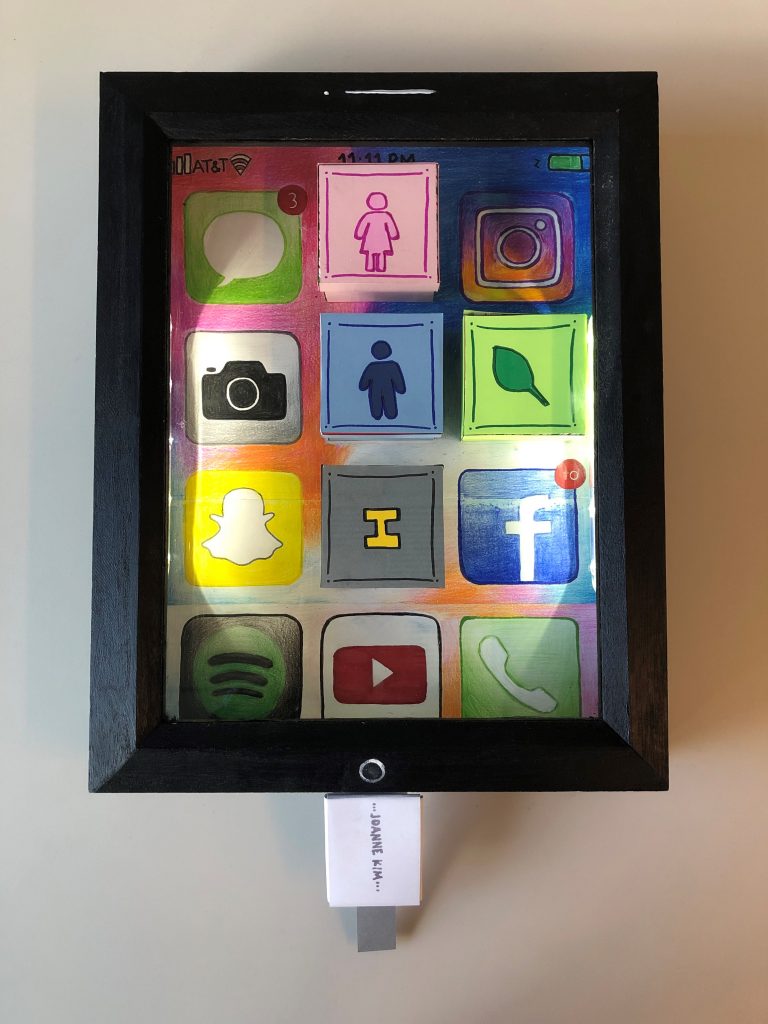




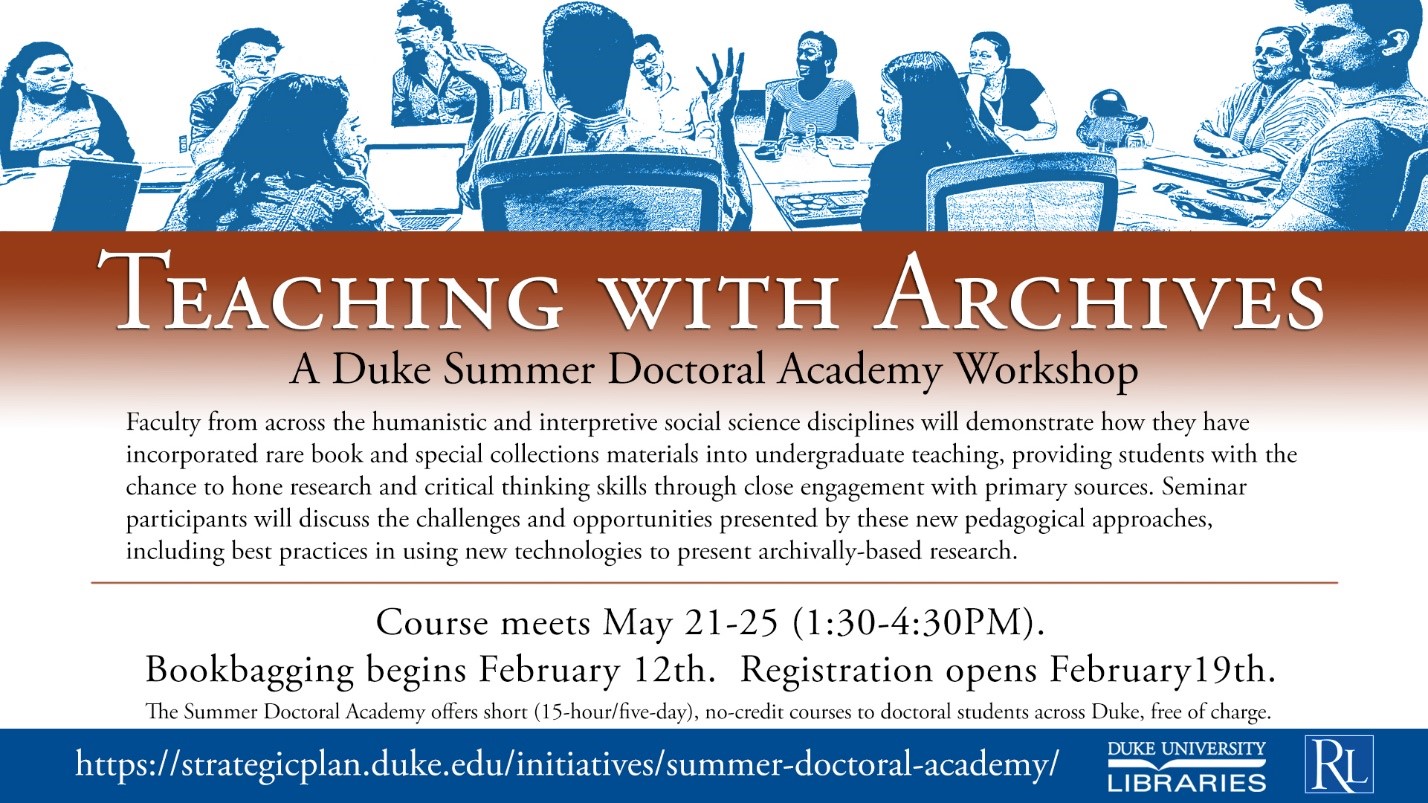

 Two eggs well beaten, one-cup brown sugar, two teaspoons ginger, one-cup N.O. molasses (boiled), one-teaspoon baking soda, flour to roll out. Mix in the order given. I poured the molasses into a pot and watched small bubbles form and subsequently burst as the dark liquid began to heat. As the molasses boiled on the stove, I started mixing the ingredients in the order specified in the recipe. After the eggs had been beaten furiously with my new silver whisk, I began to measure the brown sugar for what I hoped would be a delicious dessert.
Two eggs well beaten, one-cup brown sugar, two teaspoons ginger, one-cup N.O. molasses (boiled), one-teaspoon baking soda, flour to roll out. Mix in the order given. I poured the molasses into a pot and watched small bubbles form and subsequently burst as the dark liquid began to heat. As the molasses boiled on the stove, I started mixing the ingredients in the order specified in the recipe. After the eggs had been beaten furiously with my new silver whisk, I began to measure the brown sugar for what I hoped would be a delicious dessert.
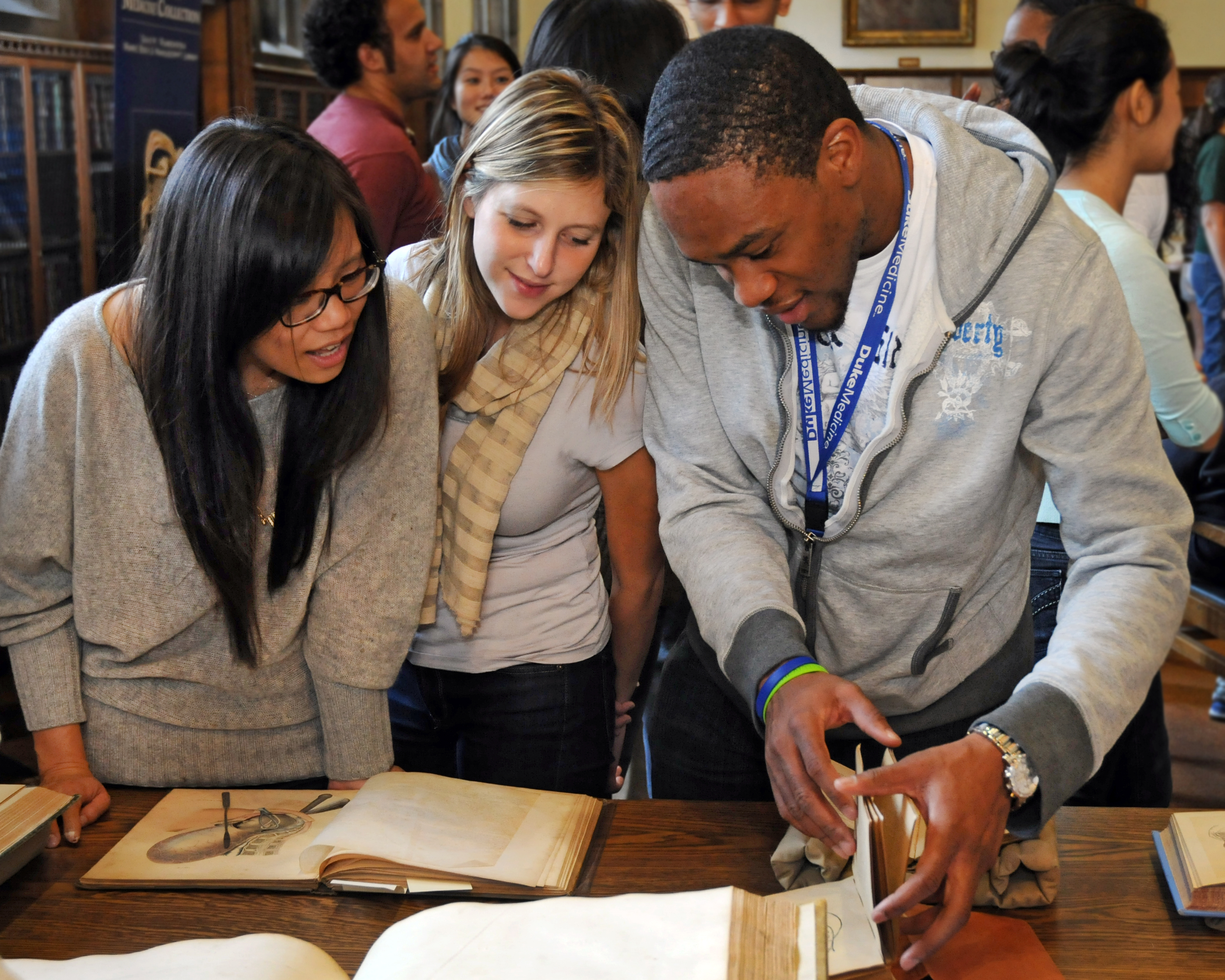 We’re excited to announce the first series of Archives Alive courses for Duke Undergraduates. These courses will enable students to develop innovative and significant projects based on original materials held in the Rubenstein Library. These courses are open to first-year and upper-class undergraduate students and range from the arts and humanities to the socials sciences. Scholar-teachers guide students’ explorations, providing first-hand exposure to advanced research practices and immersive learning that goes beyond traditional coursework. Students produce signature products that demonstrate their capabilities for in-depth investigation, team collaboration and communicating the significance of their work to others.
We’re excited to announce the first series of Archives Alive courses for Duke Undergraduates. These courses will enable students to develop innovative and significant projects based on original materials held in the Rubenstein Library. These courses are open to first-year and upper-class undergraduate students and range from the arts and humanities to the socials sciences. Scholar-teachers guide students’ explorations, providing first-hand exposure to advanced research practices and immersive learning that goes beyond traditional coursework. Students produce signature products that demonstrate their capabilities for in-depth investigation, team collaboration and communicating the significance of their work to others.